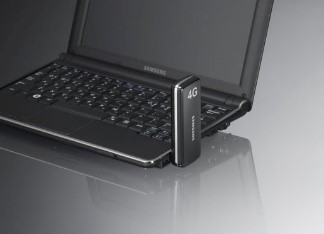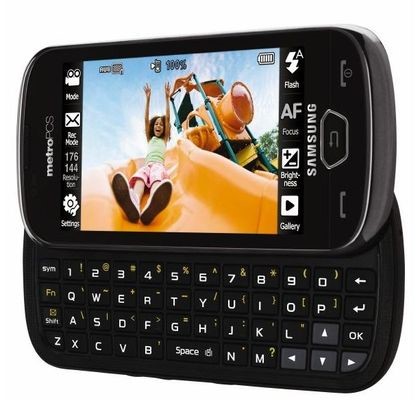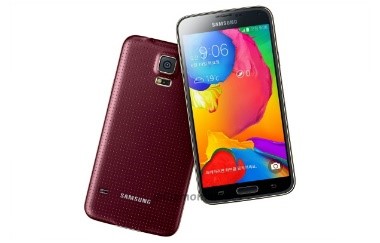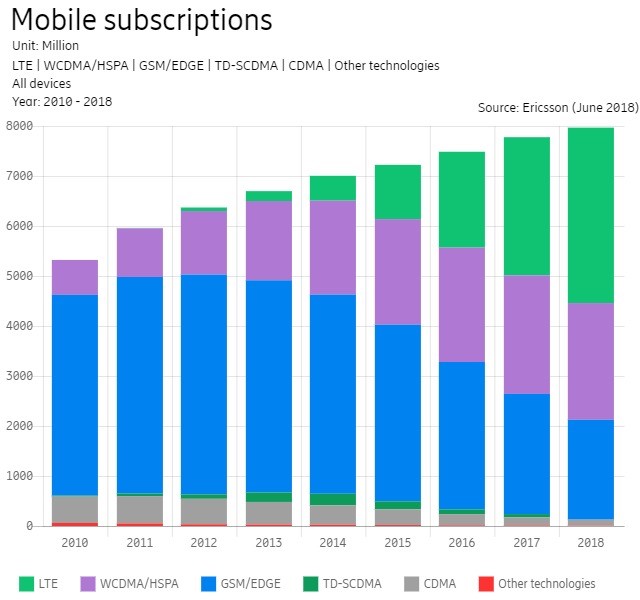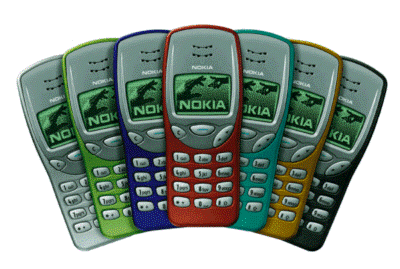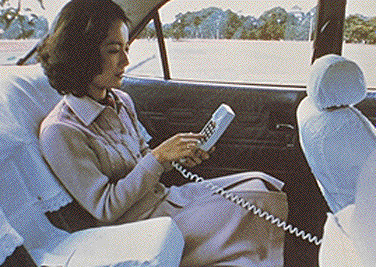Various discussions and proposals for 4G started to emerge by 2001 from various companies in the industry. By that time, it was commonly agreed that the next generation would be an evolution instead of a revolution as it had been for the past generations of mobile technology.
It was in 2004 when it started to take shape by the start of work on the first LTE (Long Term Evolution) technical specification, Release 8 (R8). However, it was not until 2008 when the specification was completed and released by 3GPP, the same cooperative body that has been releasing WCDMA technical specifications for 3G technology.
In 2009 TeliaSonera launched the world’s first commercial LTE mobile services in Stockholm and Oslo, over network equipment supplied by Ericsson and Huawei, respectively. The LTE service supports data rates up to 100Mbps, 10 times faster than existing 3G. No LTE mobile phone had been manufactured by the time of the launch, the data rate was achieved by using an LTE computer dongle manufactured by Samsung.
However, the first LTE standards and networks were only 3.9G or pre-4G by definition, because a true 4G network would have to achieve data rates of 1Gbps as specified by the ITU-R requirements. 3GPP then continued to work on LTE-Advanced (LTE-A) from 2009 which was released as R10 in 2011, and underwent minor updates until 2013.
In 2012, the Russian operator YOTA Networks announced the launch of the world's first LTE-A commercial network with equipment supplied by Huawei in Moscow. However, LTE-A compliant mobile phones would not be available until 2013. The data rates attained at the time of the launch was 300Mbps, it would take additional resources on the radio channels to achieve 1Gbps in time to come.
With the availability of data rates as high as 1Gbps, many services can be supported, such as: mobile web access, IP telephony, gaming services, high-definition mobile TV, video conferencing, and 3D television.
Samsung SCH-r900 was the world’s first LTE mobile phone available starting from September 21, 2010.
The first LTE-A mobile phone Galaxy S5 Broadband LTE-A was launched, again by Samsung, on June 19, 2014.
Due to the fact that 4G spectrum is available in various bands, and a mobile handset multiband antenna can only be tuned to certain bands, hence transmitting to and receiving from all the bands band requires more than one antenna. An LTE mobile phone can only fit in probably 1 or 2 antennas, and different operators use different bands, therefore an LTE mobile phone can only be used for certain operators. Before buying an LTE phone, it would be wise to check which bands that the operator you subscribe to uses.
Mobile phones are designed to be forward and backward compatible, so when an operator upgrades from LTE to LTE-A, the subscriber LTE phones should remain usable, and likewise for an LTE-A mobile subscriber switching to an LTE network operator.
Since the availability of LTE networks in 2012, LTE subscriptions worldwide has been steadily increasing, gradually replacing GSM, TD-SCDMA, and CDMA which have been decreasing.
Pre-4G and 4G networks achieved the following improvements, supporting significantly higher data rates:
- Increased user data throughput, increased cell-edge bit-rate, improved spectral efficiency, variable bandwidth, all leading to higher data rates;
- Packet switching on the radio interface;
- OFDMA in the downlink which is critical for the data rates achievable;
- SC-TDMA in the uplink which does not require high power consumption in the mobile phone;
- Introduction of SAE (System Architecture Evolution), to realize all-IP Network (AIPN);
- The use of HetNet (Heterogenous Network), Coordinate Multipoint, Carrier Aggregation, and Massive MIMO techniques to achieve 1Gbps in LTE-A.
Following LTE-A in R10 released by 3GPP in 2011, there had been R11 and R12 released in 2012 and 2013 respectively, and subsequently R13 in 2016. The development of 4G mobile communication technology is not final, and continues to unravel.
